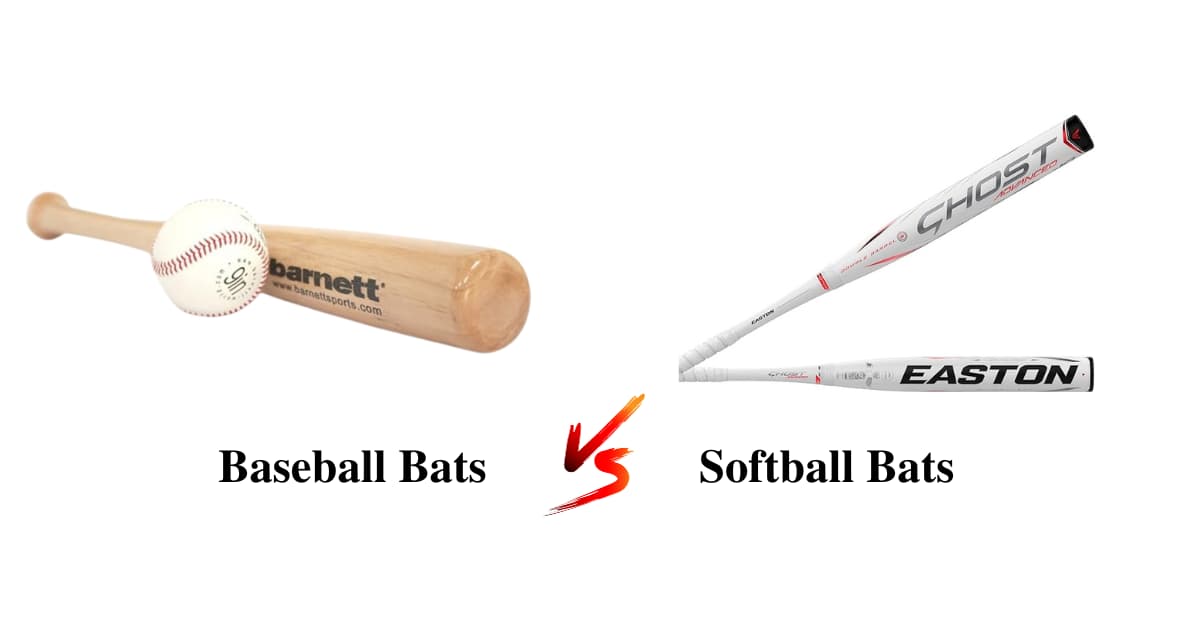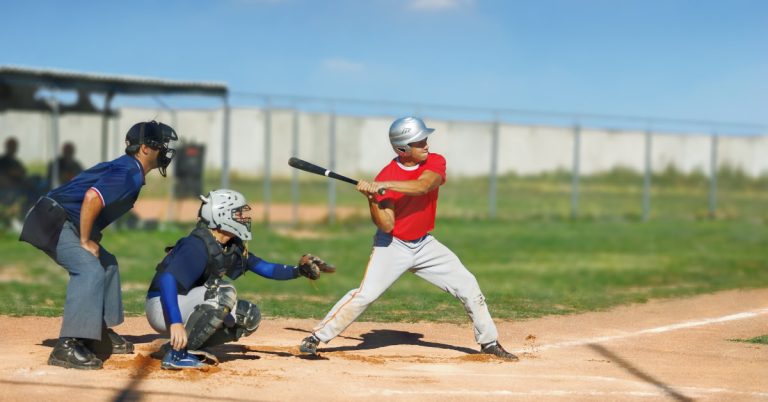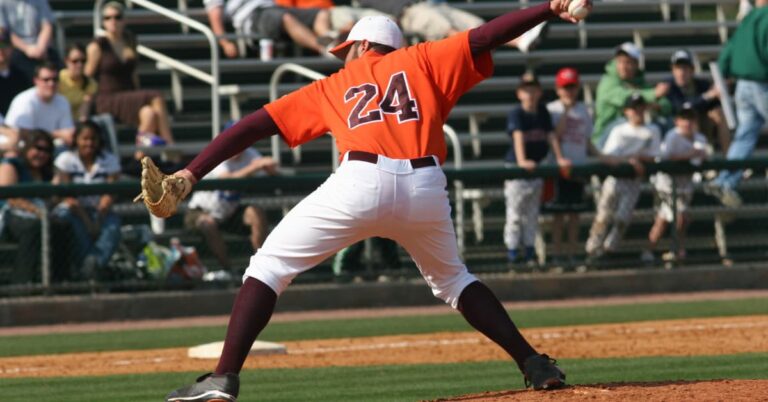What’s The Difference Between Softball And Baseball Bats?
Softball bats typically have a larger barrel and are shorter in length than baseball bats. They also often differ in weight distribution and materials used.
Exploring the world of ball games reveals subtle but critical differences between equipment, like in the case of softball versus baseball bats. Softball bats are designed specifically for the softball’s larger size.
This post will tell you all about their differences between softball and baseball bats.
Here is a table to show the differences clearly:
| Feature | Softball Bats | Baseball Bats |
| Length | Shorter | Longer |
| Weight | Lighter | Heavier |
| Material | Aluminum, Composite | Aluminum, Wood (Ash, Maple, Hickory |
| Diameter | Bigger | Smaller |
| Barrel Size | Short and Wide | Long and Narrow |
| League Rules | Must follow specific standards | Must follow specific standards |
| Performance | Speed | Power |
Key Differences Between Softball And Baseball Bats
The main differences between softball and baseball bats are design, Size and weight, performance and gameplay, Power and distance, regulations and requirements.
Design And Construction
Differences between softball and baseball bats often begin with understanding the materials used in their construction.
Traditional baseball bats are typically made from wood, such as ash, maple, or hickory.
Whereas their softball counterparts are more commonly composed of aluminum or composite materials. These material choices influence the bat’s durability, performance, and feel.
Size and weight differences
Delving into the size and weight differences, baseball bats are generally longer and heavier. They range in length from 29 to 34 inches and can weigh between 28 to 31 ounces.
In contrast, softball bats are generally shorter and lighter, with lengths spanning from 24 to 34 inches and weights from 23 to 30 ounces. The variations cater to the sports’ distinct gameplay styles and rules.
Performance And Gameplay
Softball and baseball bats differ significantly in their bat speed and swing mechanics.
Softball bats are generally shorter in length, offering a faster swing speed due to their compact design. This allows players to react quicker to pitches and adjust their swing mid-motion.
Contrastingly, baseball bats are longer and heavier, promoting a slower, yet more powerful swing. This characteristic is essential for hitting the baseball, which is pitched at higher velocities compared to a softball.
Power and distance
Concerning power and distance, the weight distribution in baseball bats is tailored to generate more momentum, resulting in greater potential distance per hit.
Softball bats, while capable of delivering powerful hits, focus on balance to enhance bat control and speed. The materials used in construction also play a pivotal role in defining the bats’ performance.
Regulations And Requirements
Understanding the regulations and requirements for softball and baseball bats is crucial for players to their respective league standards.
League rules dictate specifications including length, weight, and material, which differ between sports. For instance, softball bats tend to be shorter in length and have a smaller barrel diameter compared to baseball bats.

Tips for Choosing the Right Bat
Here are some quick tips to help you choose the right bat:
- Pick a bat that feels good when you swing it.
- Make sure the bat is right for your league.
- Try different bats to find what works best for you.
- Ask your coach or a sports store expert for help.
Frequently Asked Questions
Can You Use A Baseball Bat In A Softball Game?
Yes, you can use a baseball bat in a softball game, but it must meet the league’s size and material regulations. Always check with your specific league rules before using a baseball bat in softball.
What Is An Illegal Bat In Softball?
An illegal bat in softball is one that doesn’t meet the specific regulations set by the governing body regarding weight, length, material, or performance enhancing alterations.
Can You Hit Softballs With A Wood Bat?
Yes, you can use wood bats to hit softballs, but they are less common than metal or composite bats. Wood bats may not provide the same level of performance or durability for softball play.
What Impact Does Bat Material Have?
Bat material affects the weight, durability, and performance of the bat. Aluminum and composite are common, with composites usually providing a larger sweet spot and less vibration.
Conclusion
Understanding the distinctions between softball and baseball bats is crucial for players. Each sport has unique gear specifications, affecting performance and play style. Choosing the right bat makes all the difference on the field.
Embrace the knowledge gained here and select your bat wisely to swing for the fences with confidence.








